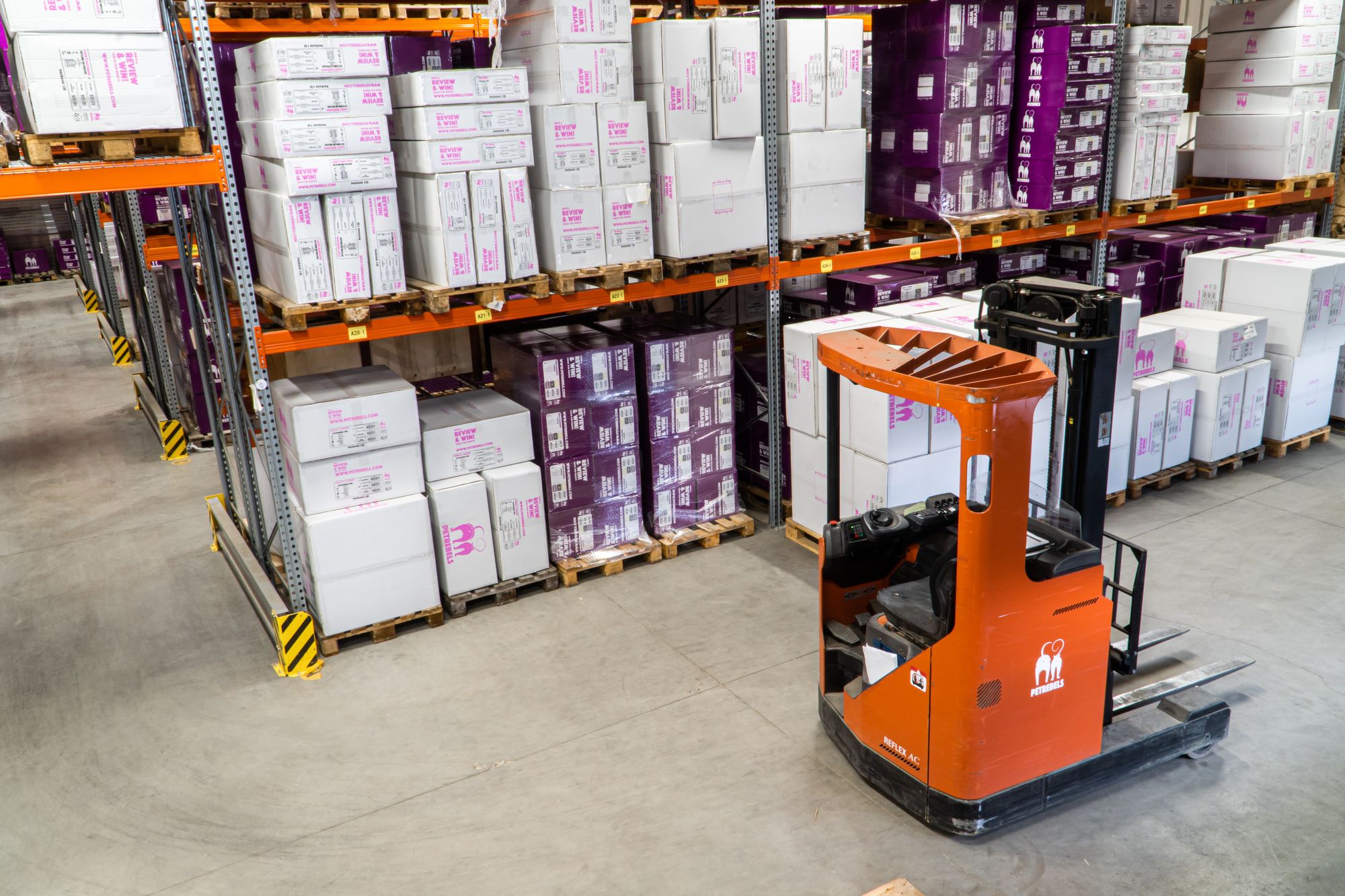A retail business of any size keeps the company rolling by managing its inventory.
No matter how varied your products are, it’s important to organize a tidy structure for it. Because if the inventory is not well categorized or managed, this will inevitably make a mess out of the products you so carefully have to sell.
This was the concern for many retailers over the years, so they came up with stock-keeping terminology or a well-known abbreviation called SKU to track their unique products.
What is an SKU number in retail?

SKU means "stock keeping unit" and it's a code number that is unique to a single retail item. SKUs are unique identifiers of your products designed by your company to track inventory, report sales, optimize inventory, and create meaningful insight about your products.
SKUs, in general, are created in alphanumeric form, so each unique product you have has a unique identifier. According to what makes sense to your business and tracking purposes, the SKUs can be created in many different ways.
The internal use of SKUs has to be emphasized as if you’re selling your products apart from your own store, or you want your customers to use a global barcode scanner, such as a comparison mobile app, these values would not be meaningful. Only you and your store employees/co-workers can make sense of this numerical format; it’s advised to create the SKUs keeping practicality in mind.
What are SKU numbers used for?
Tracking inventory

The main reason to use SKUs is inventory management and tracking. These units make it easier to measure incoming and outgoing products, in addition to forecast what to order and what to hold.
Understanding your customer
You can use SKUs to understand what your customers buy, given the values you input into your structure. If you need to filter the color or the product information of your products, you can include these in your stock-keeping unit to know the outcome.
Product analysis

The easiest way to measure the profitability of your products is to add gross margin and cost details to your SKU analysis. This way, you’ll know each item's profitability margin by SKU, product type, or even by color.
What is the difference between SKUs and UPC codes?
SKUs and UPC codes are totally different values in retail.
First of all, SKUs are internally produced and used. The retailer can tailor this unit to their needs. On the other hand, UPC codes are used universally. If two retailers are selling the same product, you can track the product back to its retailer using the UPC code.
Second, SKUs are alphanumerically built, while UPCs are numeric-only. The total number of digits in an SKU is generally between 8 to 12, while the UPC codes’ have a 12 digits standard.
UPCs can be used instead of SKUs. However, the SKUs would not make sense for another retailer as this is uniquely built. They are issued by the Global Standards Organization.
3 best practices for creating SKUs
Be practical
Try to think of what immediate outcome you’d like to see when you hold your weekly report on Monday morning. Do you want to see which product group was more successful or which brand is more attractive for your customer? Once you figure this out, creating the codes will be much simpler.
Think of your main purpose
Are you mainly going to use this code to track inventory or create a customer analysis? Your purpose will drive your result.
Keep it simple
Focus on simplifying your stock-keeping unit. However, the SKUs are recommended to be 8 to 12 digits. So, try not to complicate your code by adding unnecessary tracking.
How can you structure your stock-keeping units?

Imagine you have a clothing brand called MYSTERY, and you need to create SKUs for your product. Start by thinking about what you’d like to know or what your customers may ask you. Remember that SKUs work for you, your customers, and, more importantly, your store staff, who will take control of these numbers.
So, at MYSTERY, you are selling both women and menswear, which can be a good identifier. You can first begin by adding W for "woman" or M for "men" to the beginning of your SKU. You create your collections annually, so the year it was created can be a valuable addition.
These items are assigned to different racks by their product type in the store, so you include that as well. The products are sold in different sizes, so this can also be a part of the creation process. And finally, if you’re selling different color variants of the same item, you may like to add the color info as well. Depending on how many color variants you have, you can give them either alphabets or numbers to track this information.
An SKU example for MYSTERY products can go like this:
M + 21 + SHR + 42 + RED
When your store employee or customers see this or evaluate your product sales report, you’ll immediately understand that this product was a menswear item in the ‘21 collection, a redshirt, size 42.
Another example might be a multi-brand retailer selling products from different vendors or brands, and you need to differentiate that as well. Create a list of all the brands you’re selling, and first, name each brand by their attribute codes. Attributes are essential differentiators, especially when working with multiple brands.
Let's say you own a candy shop selling products from brands like Hershey's, Twizzlers, Skittles, and Twix. A simple way to set the abbreviations would be to use the first two letters of the brand name, but having both Twizzlers and Twix in the product portfolio makes it impossible. So this retailer has to get creative about brand name attribution. An example would be using HER, TWZ, TWX, and SKI. In addition, you can include product category, size, and other attributes such as sugar-free or gluten-free. An example would be as follows:
HER + CB + 50 + SF
Hershey's + chocolate bar + 50gr + sugar free
The foot traffic you have in your store may give you an opinion on how many SKUs you should carry in your store. Remember, the more traffic you have, the more people will want to be interested in products. You can use Dor to know more about your store traffic, so you can get a better analysis in your SKU levels as well.